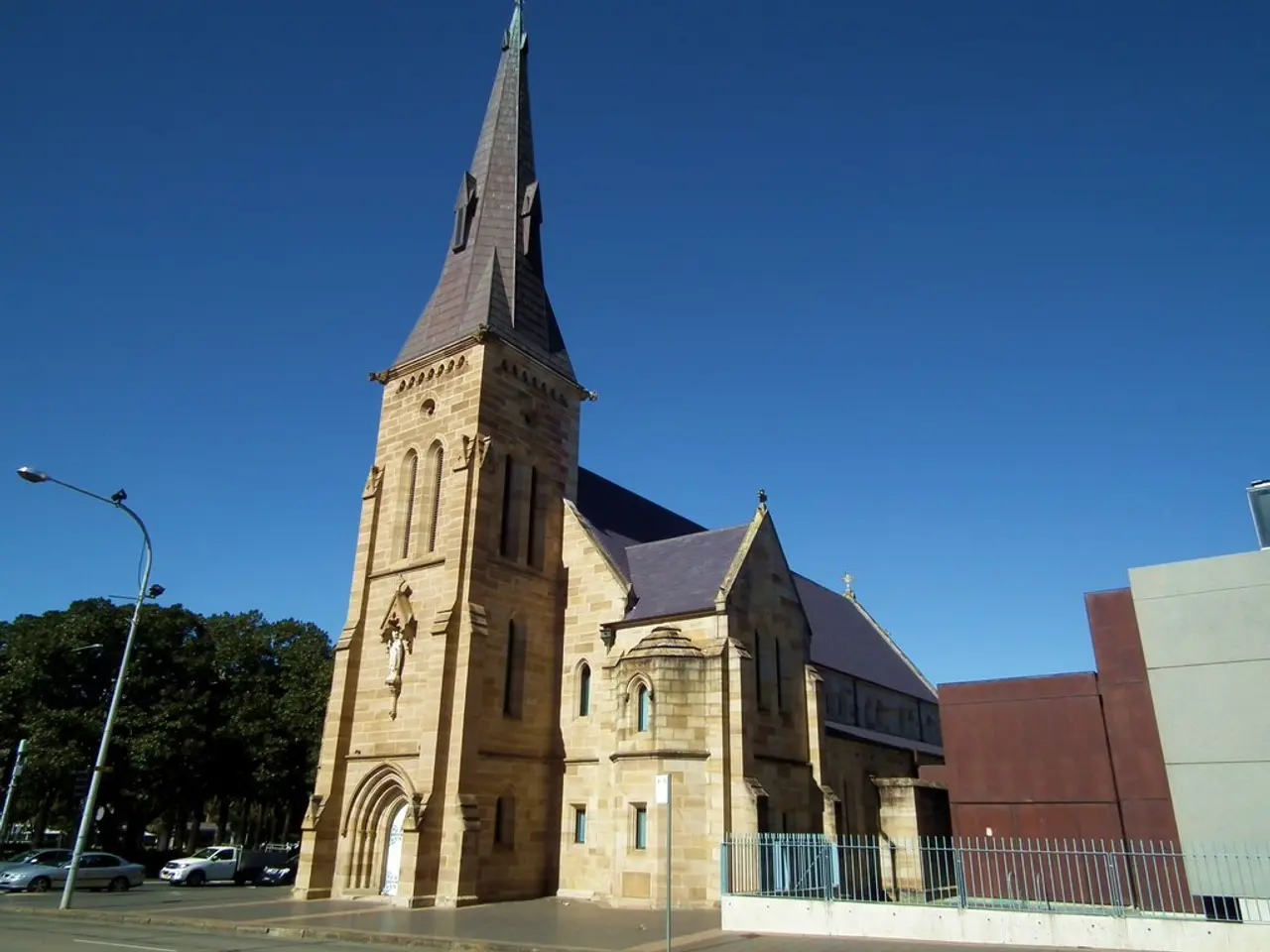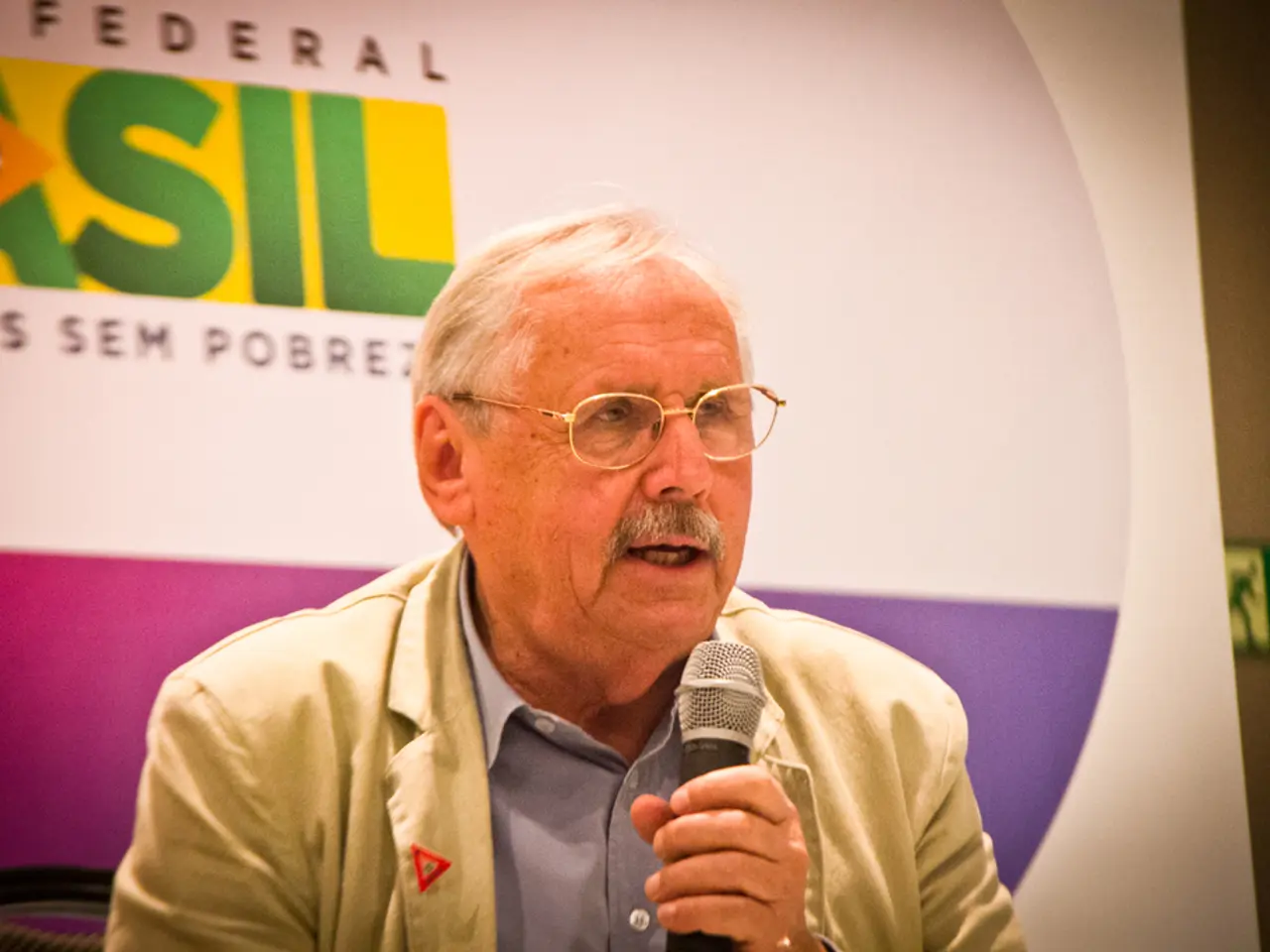Attempts by Reiche to Soothe the Turmoil in the Eastern German Coal Regions
In a bid to ensure electricity system stability amid Germany's ongoing coal phase-out, the federal government plans to build up to 20 gigawatts of new gas-fired power plant capacity by 2030 [1][3]. However, the question of where these new plants should be located has sparked a significant debate, particularly between eastern and western regions of the country.
The current plan, endorsed by Federal Minister of Economics Katherina Reiche (CDU), favours the construction of these new gas plants mainly in southern Germany [3]. This decision has not sat well with politicians in Eastern Germany, particularly in Saxony and the Lusatia coal region. Saxony's Minister of Economic Affairs, Dirk Panter (SPD), has voiced strong opposition to this "southern bonus," arguing it would disadvantage eastern German coal regions and undermine efforts for a fair structural transition there [3].
Panter advocates for a fair and balanced distribution of new gas-fired power plants, taking into account existing infrastructure, available space, technical expertise, and the transformation needs of the eastern coal regions. He emphasized that Lusatia must be part of the energy transition solution and benefit from such new investments, not just southern states [3].
To address concerns, Minister Reiche has scheduled a visit to Lusatia and the Schwarze Pumpe lignite-fired power plant as part of her summer tour. The aim is to engage with the region directly and discuss how to integrate it into federal energy plans [3].
Meanwhile, the federal network agency (BNetzA) and transmission system operators stress the urgent need for a legal framework to enable construction of these gas plants quickly. Suggestions indicate that the first auctions could happen before the end of 2025 [1]. The new gas plants are also expected to incorporate advanced technology for grid stability [1].
The Lusatia region, with its excellent conditions for the construction of new gas power plants, according to Reiche, has a significant consumer base. Leag, an energy company in the region, is in a difficult but courageously accepted transformation [2]. Moreover, the hydrogen grid is not far away in the Lusatia region [2].
In summary, the federal government's preference for southern Germany in the construction of new gas power plants has sparked criticism in Saxony. Minister Reiche is engaging with eastern regions such as Lusatia to address these concerns. The grid agency urges rapid legal enabling of these plants due to system stability needs [1][3]. This reflects an ongoing political and regional negotiation over the geographic distribution of these new gas-fired facilities within Germany's broader energy transition.
- The controversy over the federal government's proposed location for new gas-fired power plants has led Saxony's Minister of Economic Affairs, Dirk Panter, to call for a fair and balanced distribution of these plants, considering factors such as existing infrastructure, available space, technical expertise, and the transformation needs of eastern German coal regions.
- In an effort to address concerns and integrate eastern regions such as Lusatia into federal energy plans, Federal Minister of Economics Katherina Reiche has scheduled a visit to Lusatia and the Schwarze Pumpe lignite-fired power plant as part of her summer tour, aiming to discuss the region's potential benefit from the new gas-fired power plant investments.








